In 1997, interactive power sources such as photovoltaic (PV) power systems started being installed in large numbers due to financial incentives in California and elsewhere. PV systems were just the start of a parade of technology changes that will affect large segments of the electrical power distribution and premises wiring systems, and the inspection requirements for those systems.
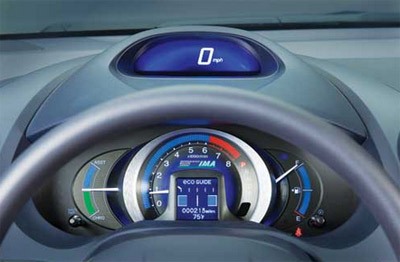
Photo1. Electric car
The Changes
Electric Vehicles
We now have both plug-in hybrid electrical cars (fueled engines plus electric motors and batteries) and pure electric cars (electric motors and batteries) that require charging stations at not only the home base of such cars, but also in locations throughout the area that these vehicles will roam. Like cell phone coverage, the charging stations will be concentrated in metropolitan areas and then spread to less populated areas as the demand for extended coverage grows. Owners of these electric vehicles will certainly have charging stations in their homes and probably at their job sites. At the very least, there will be a new type of receptacle outlet to deal with and probably relatively high current branch circuits.
Plans are also being made to have parked, fully charged electric vehicles feed some of the energy stored in the on-board battery bank back into the utility grid at peak demand times. To control this exchange of energy from grid to car and back, and to ensure that the car is ready and charged when needed, will require communication between the car, the owner, and the utility. Such communication links may be wireless, over the Internet or through a hardwired connection along with the power connections. Like utility-interactive PV systems, these vehicle storage systems will require new code changes and additional inspections to ensure the public safety.
Large Energy Storage Systems
The utilities will embrace the dispatchable energy storage and generation systems. They will be able to tap energy that has been stored or that is available throughout the distribution network for use to offset peak demand loads. This operation will avoid having to increase the size of already taxed power plants and transmission lines. Backup generators at hospitals and other locations are already being used in this mode of operation. These emergency power systems are leased, operated and maintained by third parties who run them when not needed for emergencies and sell the power to the utilities during peak load periods.
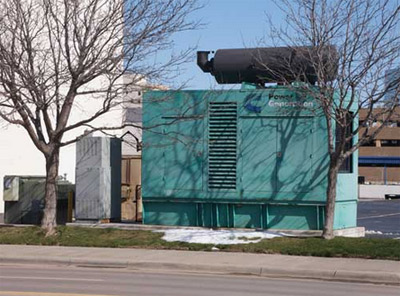
Photo 2. Backup generator
Flow batteries are coming to the market. These batteries use stored liquid chemicals in a process that yields a very long-lived battery that can be rapidly charged and deeply discharged virtually an unlimited number of times. The batteries will be charged and energy will be stored during off peak demand periods and released back into the grid during peak demand times. Of course, the process will require utility-interactive systems to interface with the utility grid and communications systems to control the process. These systems and fuel cells (NECArticle 692) operating from natural gas will probably first appear in commercial buildings that have the necessary space. These systems will either be leased or owned, but in most cases, these new technology systems will require permitting and inspections of the added mechanical systems, the utility-interactive electrical connections and the communication circuits.
The Smart Grid
Energy demands throughout the country, and the world, are increasing steadily and will necessitate some combination of increasing in the supply from new generation plants (coal, gas, oil or nuclear and renewable), reducing the demand through conservation, or restructuring of the existing distribution and consumption system. The infrastructure of utility generation and distribution systems is fairly robust, but very old, and somewhat inflexible in dealing with increased use of distributed energy sources and the issues associated with moving power from the sources to the consumers in other areas. The Smart Grid programs are designed to modernize the entire system from the generation plant to the end use-load.
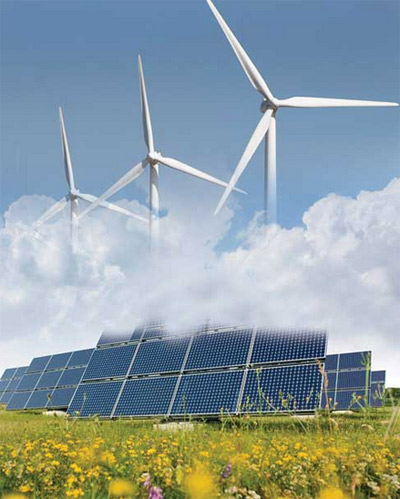
Photo 3. Benefiting from renewable energy resources
Although many see the termSmart Gridand think that it will not impact the premises wiring, theNEC, or the inspection process, that would be a misconception. At the present time utilities are installing smart meters as rapidly as they can find funds to do so. These smart meters are computer (microprocessor) based and not only allow remote reading and power quality recording (real power, reactive power, power factor and more), but may also serve as the interface between the smart grid and the smart house. Some of the smart meters even have the ability to allow the power to be remotely disconnected when bills are not paid.
The smart house will soon become a reality. Appliance manufacturers are already making dishwashers, clothes washers and other appliances that communicate through either hardwired or wireless communication systems to the smart meter and then to the utility. When financially beneficial to the consumer, or possibly when legislated, these smart appliances will be remotely controlled (by the utility) so that they may be operated only during times of low demand on the utility system. Those appliances may have unique plugs and receptacles and possibly communication connections. All of those new load connections must be inspected of course.
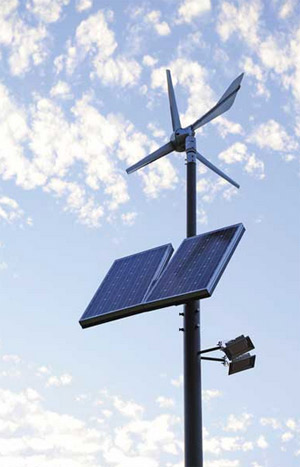
What will be theCodeimpact of a house that has load circuits and loads that may be remotely controlled or managed? How will service, feeder, and branch circuit sizes be determined? Copper conductor prices may rise so high that we are forced to control power flow so that smaller conductors can be used. Eventually, the use of electricity on the premises may be scheduled so that the maximum current ever drawn may be significantly less than that requiring a 100- or 200-amp service today. Smaller conductors and circuit sizes may reduce the ever-increasing costs of electrical installations, butCoderevisions would be needed. With the demise of the incandescent light bulb do we really need three volt-amps per square foot for general-purpose circuits? Oh yes, there will be those 100+ inch flat panel displays on all four walls to deal with.
Is DC coming back?
Then we have the new trend of going back to direct current end-use appliances. Most electronic appliances such as cell phone chargers, radios, TVs, DVRs, DVD players, cableboxes, satellite receivers, track lighting and the like, while being plugged into a 120-volt ac receptacle outlet actually run on low-voltage direct current (dc). Fluorescent and LED lighting bulbs and fixtures also operate on direct current. Significant losses are incurred in transforming the 120-volt ac line voltage into low voltage dc.
At the present time dc lighting fixtures are being installed in commercial buildings and are being powered during the day directly from photovoltaic (PV) power systems with no conversion to ac until the electronic ballasts are reached. Solar lighting power is supplemented with utility power when necessary.
With the demise of the incandescent light bulb over the next few years, the return of low voltage dc power distribution systems for lighting and electronics is almost a certainty. Shades of the 1970s and 1980s! Maybe those off-grid long-haired solar hippies who insisted on staying with the 12-volt dc PV systems and electrical systems in their homes where far ahead of their time! Of course, appliances needing significant power for heat or mechanical motion like ranges, clothes washers, toasters, water heaters and the like will usually need higher voltages to keep the current and hence the conductor sizes to reasonable sizes. But then we do have heat pump water heaters, induction ranges, and ultrasonic washers that operate more efficiently than conventional appliances.
Renewable Energy Systems
Large wind power systems have been installed for many years and many of those systems are not owned and operated by utilities on utility property. They therefore come under the requirements of the NEC and should be inspected for safety even though the NEC does not have a large wind system article. Now that Article 694 has been added to the Code for small wind systems, and UL has standards for large and small wind turbines, can a large wind turbine article in the Code be far behind? Photovoltaic power systems for residential and commercial use have been around since the mid 1970s with substantial growth starting in the late 1990s.
While ever-increasing numbers of residential and small PV systems are being installed throughout the country, real power production will come from the numerous megawatt commercial systems being installed and planned. Systems as large as 300 megawatts are being panned and installed and some of these will be solar thermal systems along with the PV systems. In many cases, these large systems are said to be “Behind the Fence” and not subject to the requirements of theNECand inspections, but in reality, they are mainly owned and operated by private companies under power purchase agreements (PPA) and should be fully NEC compliant.
True AC PV modules with microinverters bonded to the back of the PV module with no dc wiring are appearing on the market in catalogs and in big box stores at impulse-buying prices. Will these products be listed? Will these be permitted? Will they be installed by qualified persons (690.4(E) NEC-2011)? Will they be installed on dedicated circuits that will ensure public safety? Or will they be plugged into the nearest GFCI outlet and abuse theCodeand safety in many ways?
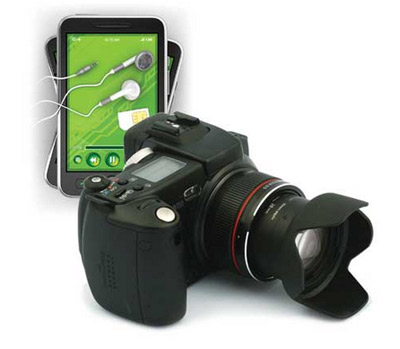
DC-to-DC converters attached to or connected to PV modules are appearing on the market along with matching inverters in some cases. TheNECdoes not specifically give guidance on how to deal with them and future editions of the Code may show a similar trend.
All of these changing and emerging technologies will create challenges for the inspectors and plan reviewers and also an opportunity to excel.
The Challenges
Electrical inspectors, plan reviewers and combination inspectors are being challenged today and for the foreseeable future with all of these new and evolving energy production and storage sources that will be in use throughout the country. Many of them will appear connected to premises wiring and they will come under the requirements of the NEC.Many of those multi-megawatt PV, wind, and solar electric farms will fall under the Code.
The Code
Each edition of the NEC is developed over a three-year period through the code-making process that is well established. Competent, experienced volunteers make up the code-making panels (CMP) and with the NFPA/NEC Technical Correlating Committee (volunteers and professional staff) review and evaluate thousands of proposals and comments on proposals submitted from numerous sources. There are only two weeklong (or less) meetings over that three-year cycle where the CMPs develop and write the Code.
With electrical and electronic technologies changing at a rapid pace, it is unreasonable to expect the NEC to keep abreast of all of the newest technologies that appear in the marketplace, even though the volunteers and staff make a valiant effort to do so. Many of those technologies are changing in form and function on a monthly basis and are not addressed by theCode, even though they are listed and certified under appropriate standards and are in the marketplace.
The Standards
Underwriters Laboratories and other organizations are developing safety standards as rapidly as possible. However, the development and revision process for standards and the harmonization of U. S. standards with those from Europe can and does take long periods of time. Those periods can even exceed the three-year cycle of the NEC.
Although the NEC and the UL Standards are intended to be used together to achieve an essentially hazard-free electrical installation, there are sometimes gaps between the two due to the lengthy revision processes and the emergence of new technologies. For example, the2011 NEC, adopted by some jurisdictions on January 1, 2011, has a requirement for a DC PV Arc-Fault Detection and Interruption System in Section 690.11, but there was no current UL Standard as of January 2011 that covers the safety evaluation of such a device. And the DC PV AFCI devices are already in the market.
Continuing Education and Information
The challenge for every electrical inspector and plan reviewer is to keep abreast of these new developments as they start to appear in residential, commercial, and industrial electrical systems. The inspectors and the plan reviewers need to know as much, or more, about these new devices and systems as the people installing them. That has been true in the past and it needs to be the standard of performance in the future if the inspector community is to ensure the safety of the public.
Where the Code and the standards cannot keep up with these new systems and devices, the inspector and plan reviewer must devote time to educate themselves on the systems that they are and will be inspecting. Strong continuing education programs for the inspectors and plan reviewers must be a part of the planning in every jurisdiction. Time and funding must be budgeted for classes, for webinars, for technical documents, and for the equipment needed to efficiently and proficiently review and inspect these ever-changing electrical power systems.
The inspectors and plan reviewers should have electronic copies of all codes, handbooks for those codes, and technical data (including manuals and specification sheets) for all types of systems being inspected and equipment that may be installed on those systems. Laptop computers (with screens that can be read outdoors) with this information (updated as necessary) should accompany each inspector as the field inspections are conducted. Communication between the inspectors and the plan reviewers on a real time basis via cell phone and wireless computer link will be required. Digital cameras, downloads and transmission of on-site pictures will become necessary.
Inspectors and plan reviewers are professionals today and will remain professionals in the eyes of the public as they rise to the challenges presented by the changes in the electrical power system today and tomorrow.
This article is intended to help inspectors and plan reviewers keep abreast of the rapidly changingNECrequirements for the installation of photovoltaic power systems.
Resources
There are many resources available to the inspector and plan reviewer. Most equipment manufacturers have electronic downloadable PDF files of all manuals that will be useful. Here are a few magazines (available in print and on the web) that will enable inspectors and plan reviewers to keep abreast of the changing technologies.
- IAEI News http://www.iaei.org
- Solar Pro http://www.solarprofessional.com
- Home Power http://www.homepower.com
- Solar Today http://www.ases.org
For Additional Information
If this article has raised questions, do not hesitate to contact the author by phone or e-mail. E-mail: jwiles@nmsu.edu Phone: 575-646-6105
The Southwest Technology Development Institute web site maintains a PV Systems Inspector/Installer Checklist and all copies of the previous “Perspectives on PV” articles for easy downloading. A color copy of the latest version (1.91) of the 150-page, Photovoltaic Power Systems and the 2005 National Electrical Code: Suggested Practices, written by the author, may be downloaded from this web site: <ahref=”http: www.nmsu.edu=”” ~tdi=”” photovoltaics=”” codes-stds=”” codes-stds.html”=””>http://www.nmsu.edu/~tdi/Photovoltaics/Codes-Stds/Codes-Stds.html













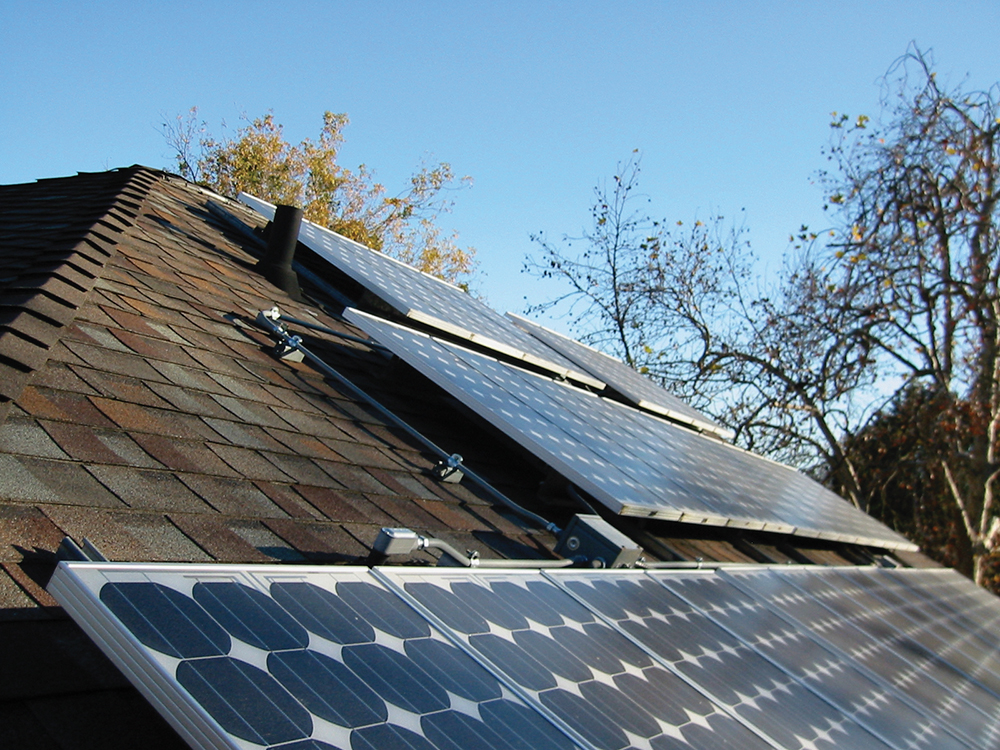
Find Us on Socials